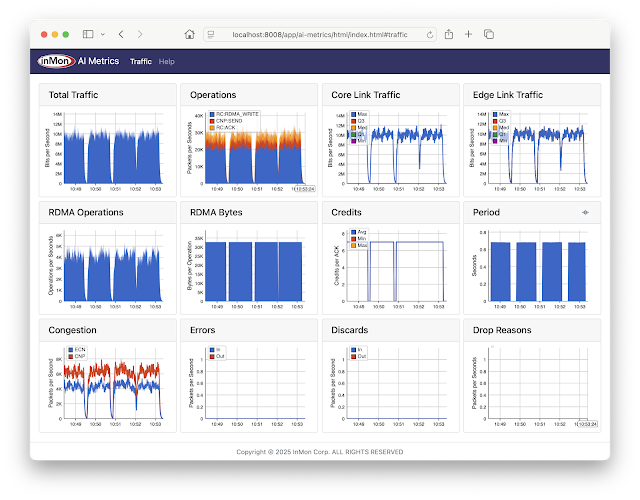0
On June 12, 2025, Cloudflare suffered a significant service outage that affected a large set of our critical services, including Workers KV, WARP, Access, Gateway, Images, Stream, Workers AI, Turnstile and Challenges, AutoRAG, Zaraz, and parts of the Cloudflare Dashboard.
This outage lasted 2 hours and 28 minutes, and globally impacted all Cloudflare customers using the affected services. The cause of this outage was due to a failure in the underlying storage infrastructure used by our Workers KV service, which is a critical dependency for many Cloudflare products and relied upon for configuration, authentication and asset delivery across the affected services. Part of this infrastructure is backed by a third-party cloud provider, which experienced an outage today and directly impacted availability of our KV service.
We’re deeply sorry for this outage: this was a failure on our part, and while the proximate cause (or trigger) for this outage was a third-party vendor failure, we are ultimately responsible for our chosen dependencies and how we choose to architect around them.
This was not the result of an attack or other security event. No data was lost as a result of this incident. Cloudflare Magic Transit and Magic WAN, DNS, cache, proxy, Continue reading


